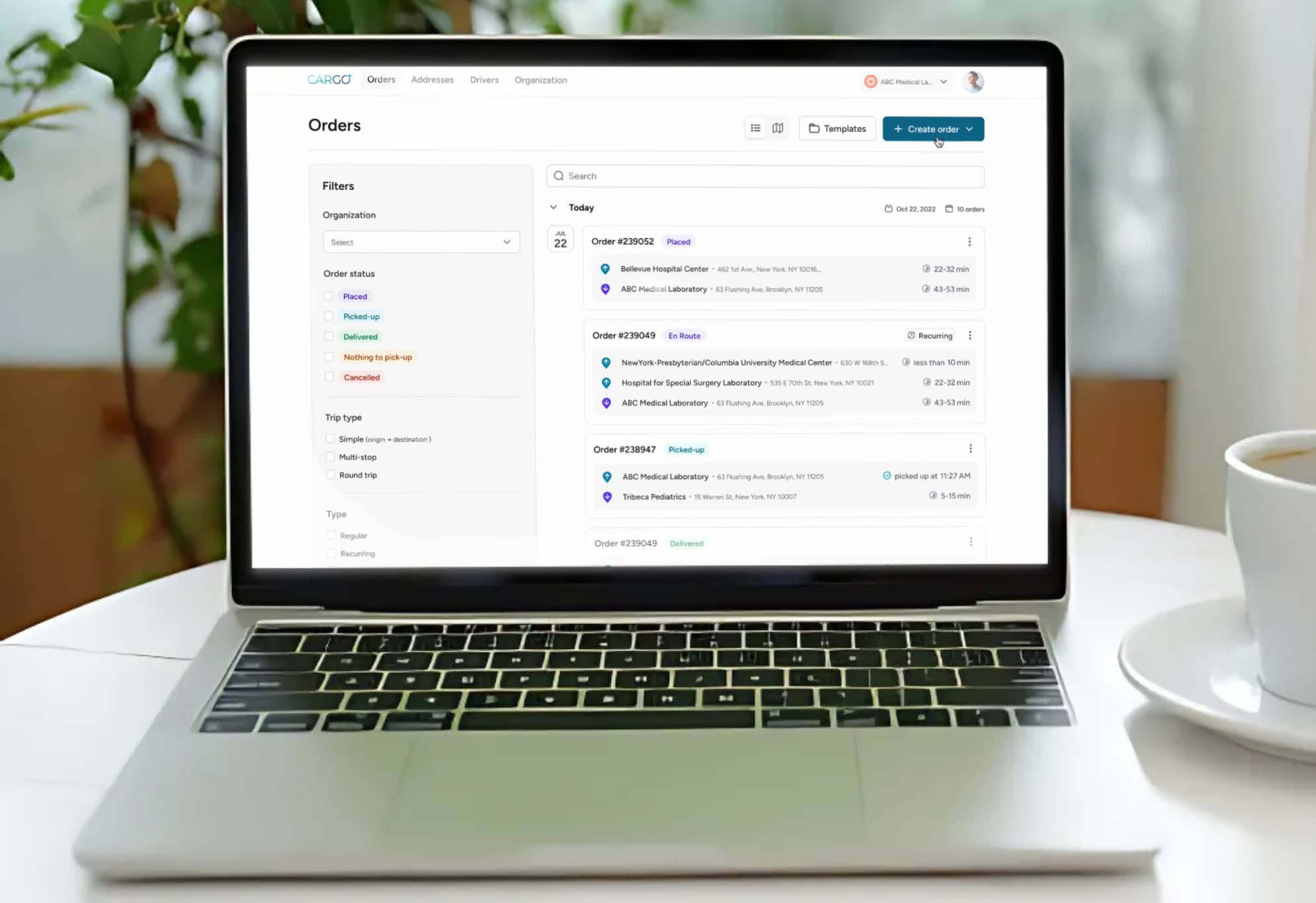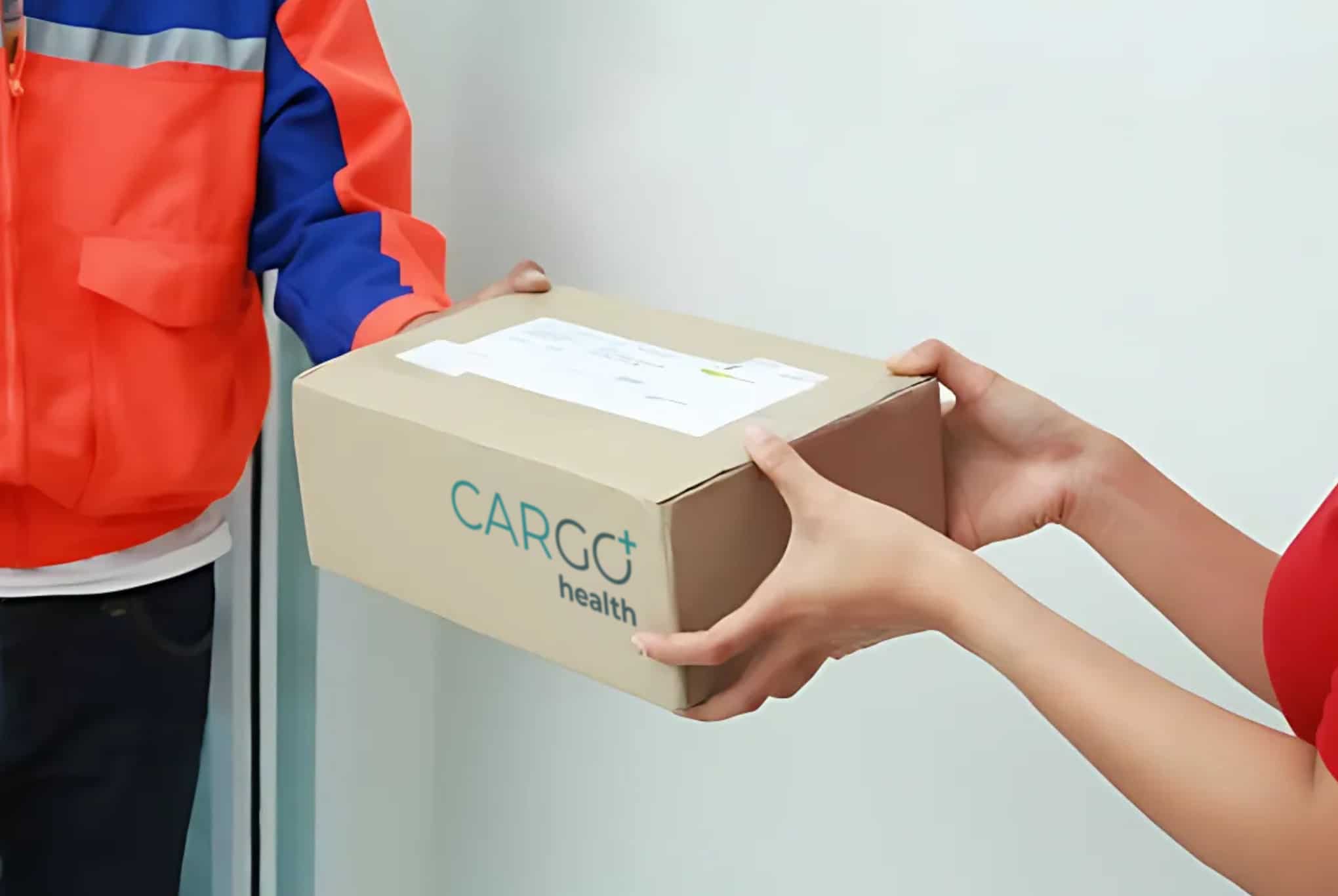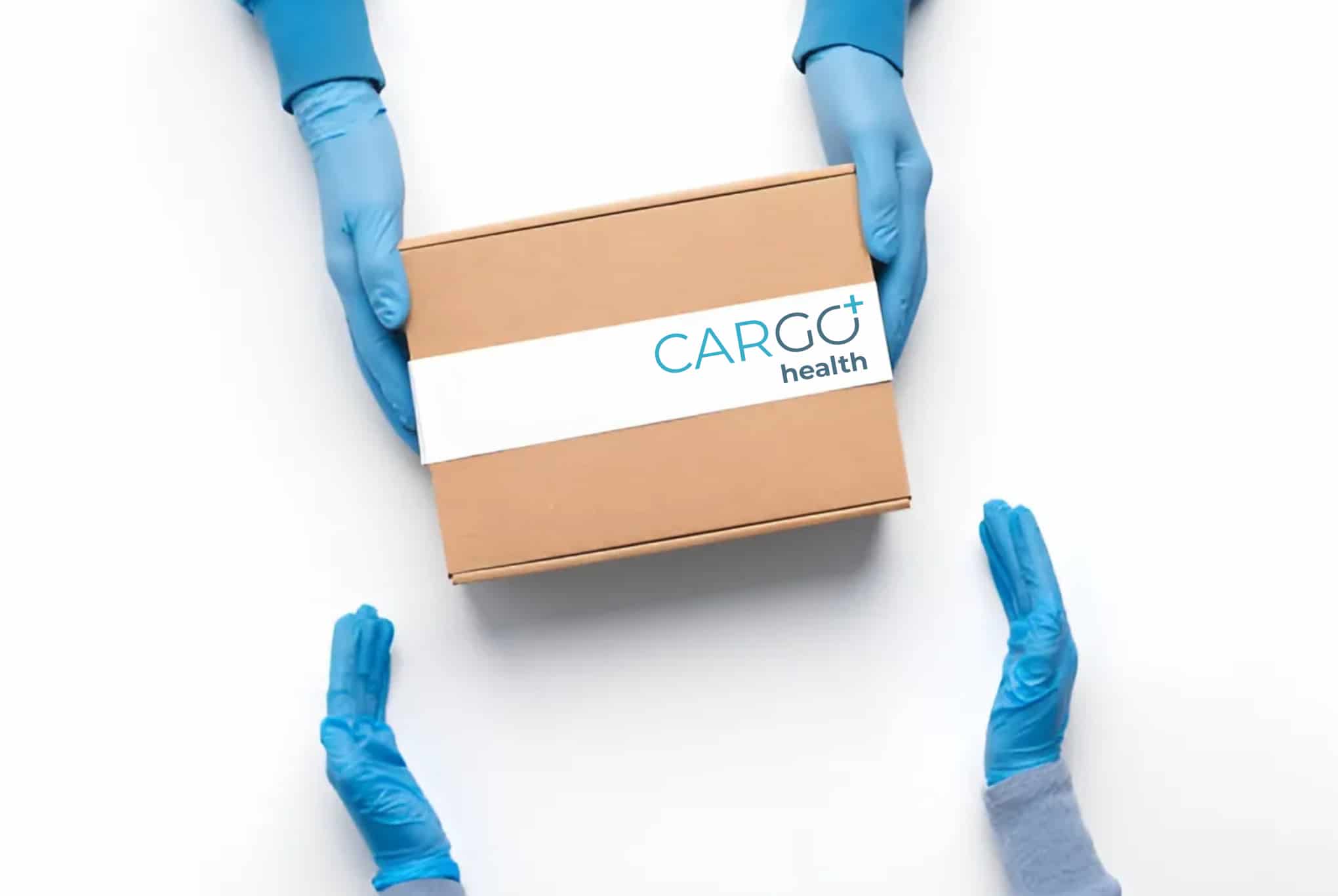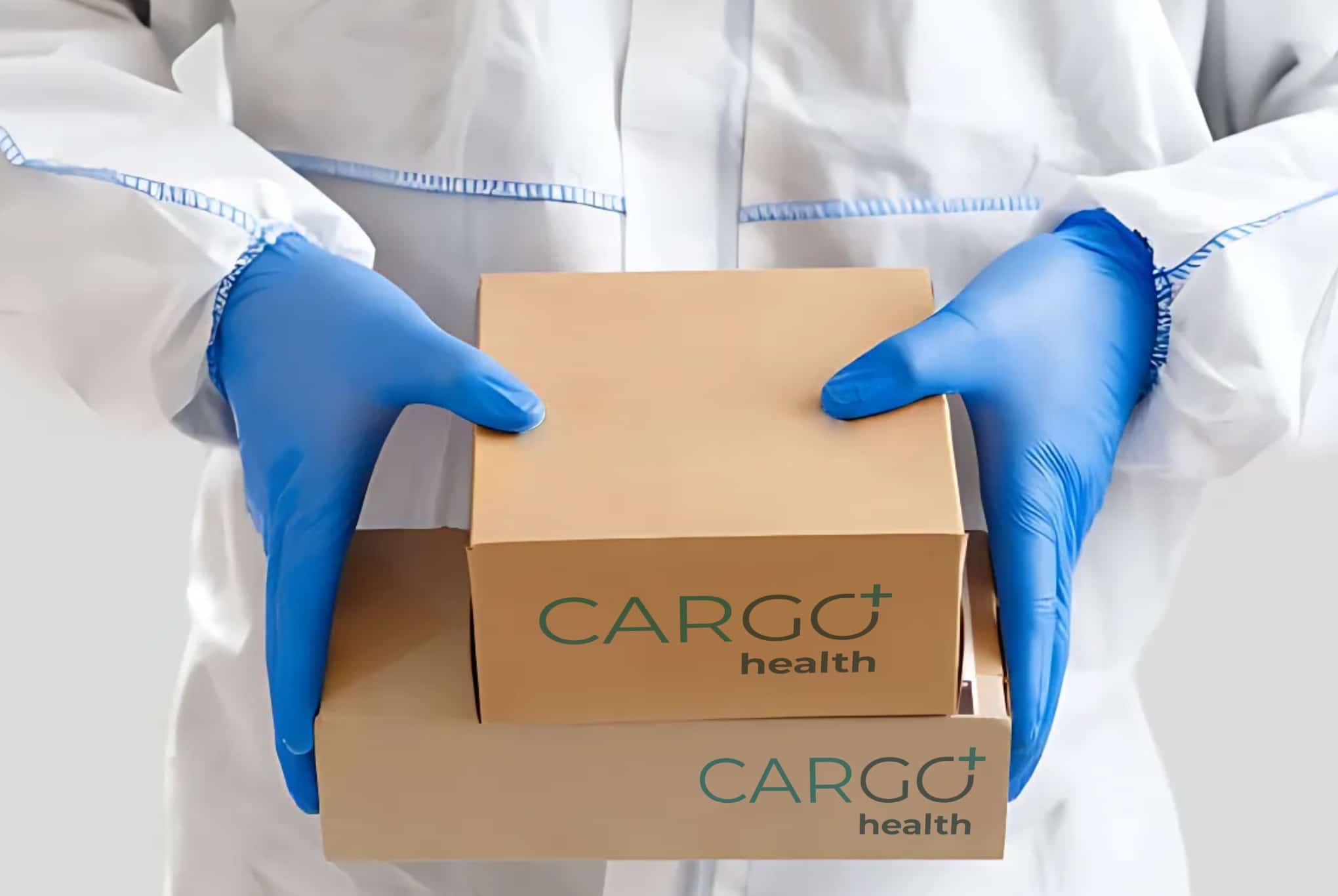STAT Deliveries in Healthcare: When Every Second Counts

In healthcare, urgency is not an abstraction—it is a clinical constant. A STAT delivery, by definition, requires immediate action. Whether it’s transporting a time-sensitive specimen, an organ for transplant, or an emergency infusion medication, the margin for error narrows to minutes or seconds. This level of precision demands more than same-day service—it requires specialized logistics with clinical fluency.
STAT medical courier services are engineered to meet these demands, functioning as an extension of the healthcare system with the speed, traceability, and regulatory awareness required in acute scenarios.

1. Clinical Contexts Where STAT Logistics Are Critical
STAT deliveries occur in high-stakes clinical environments, such as emergency departments, intensive care units, transplant centers, and operating rooms. In these settings, logistics are integrated with medical decision-making. Delay is not just inconvenient—it compromises outcomes.
Common STAT Use Cases:
- Cross-matched blood for trauma patients
- STAT pathology slides for intraoperative consultations
- Time-sensitive chemotherapy drugs or biologics
- Specimen transport for suspected stroke or sepsis diagnosis
- Implantable devices for emergency surgery
Each of these scenarios is governed by a time window in which diagnostic relevance, therapeutic effect, or procedural readiness hinges on delivery reliability.
2. Route Optimization and Rapid Dispatch Protocols
Effective STAT courier services utilize algorithm-driven dispatching and route optimization tools that prioritize minimal time-to-arrival. These systems factor in variables such as traffic patterns, road closures, and real-time incident data to dynamically select the fastest route.
Couriers are deployed from strategically positioned hubs or mobile staging zones to ensure geographic coverage and minimal response time.
Operational Considerations Include:
- Pre-cleared emergency transport lanes (where applicable)
- Driver standby scheduling for after-hours readiness
- Integration with hospital dispatch and EHR systems
3. Regulatory Compliance Under Accelerated Timelines
STAT medical deliveries must adhere to the same regulatory standards as routine deliveries, despite compressed timeframes. This includes HIPAA compliance for any protected health information, DOT regulations for biological substances, and temperature control for critical medications.
Chain-of-custody documentation must be preserved without interruption, even during rapid handoffs or multi-point deliveries. Equipment used must also support sterile handling and packaging integrity, particularly for transplant materials or sterile surgical tools.
Minimum Compliance Protocols:
- Real-time digital signature capture
- Tamper-evident packaging
- Active temperature monitoring (where applicable)
4. Communication and Status Transparency During Critical Events
One of the key differentiators of a STAT-capable courier is its ability to maintain transparent, real-time communication with clinical stakeholders. ETA updates, delivery confirmations, and exception alerts must be automated and fail-safe.
This communication ensures that clinicians can prepare for handoff or adapt workflow based on precise delivery timing—essential during emergency surgery, pathology analysis, or bedside interventions.
Technology Requirements:
- Live GPS tracking with ETA countdown
- Real-time notifications to clinical endpoints
- SLA-based alerting for deviation from expected timeframes
5. Post-Delivery Audit and Clinical Accountability
After the urgency subsides, traceability remains. Healthcare administrators and compliance officers must be able to audit the performance of STAT deliveries. This includes reviewing timestamp logs, delivery conditions, and any recorded deviations.
This data informs quality assurance initiatives and supports broader institutional goals such as reducing delays in critical care, improving time-to-treatment metrics, and minimizing diagnostic latency.
Post-Delivery Features:
- Time audit trails and SLA compliance reports
- Integration with QI (quality improvement) programs
- Continuous performance benchmarking
Key Insights
STAT deliveries require more than expedited handling—they demand precision logistics calibrated to the rhythms of acute care. A capable STAT medical courier is not just fast, but clinically aligned, technologically equipped, and procedurally rigorous. In environments where minutes can define outcomes, logistical reliability is a clinical variable—not a support function.








